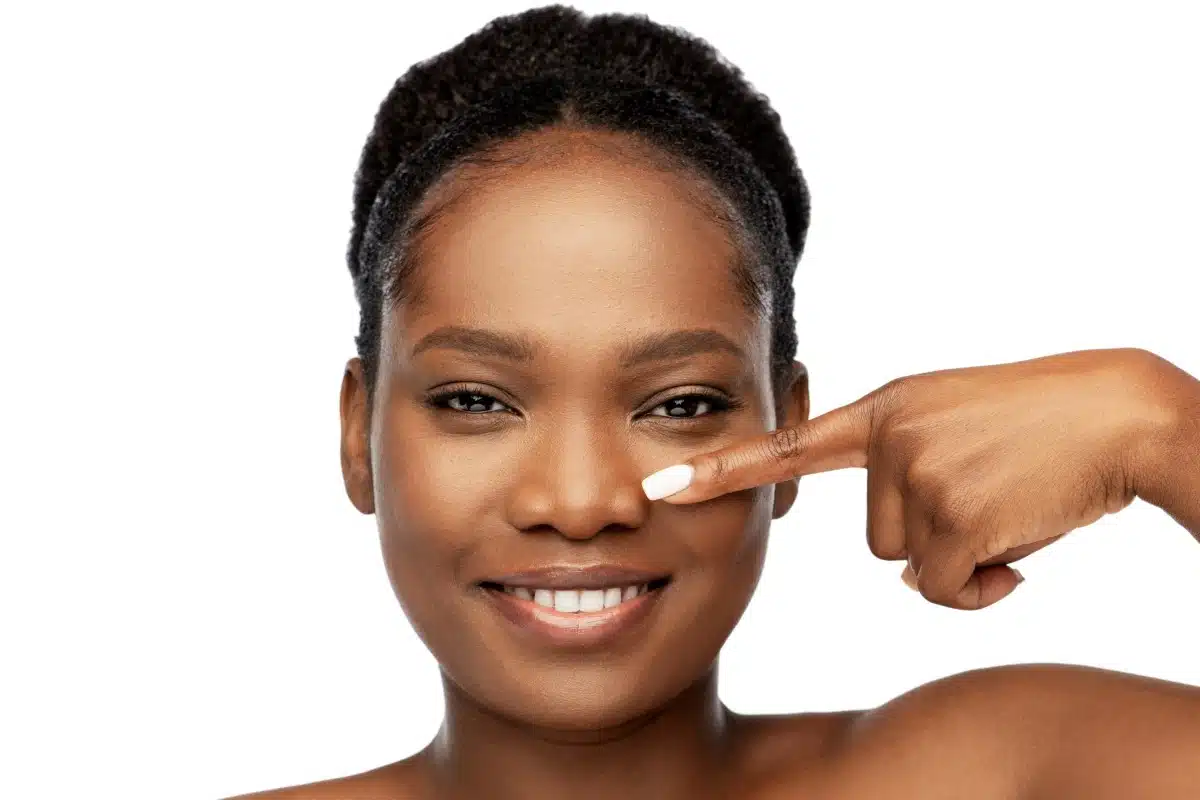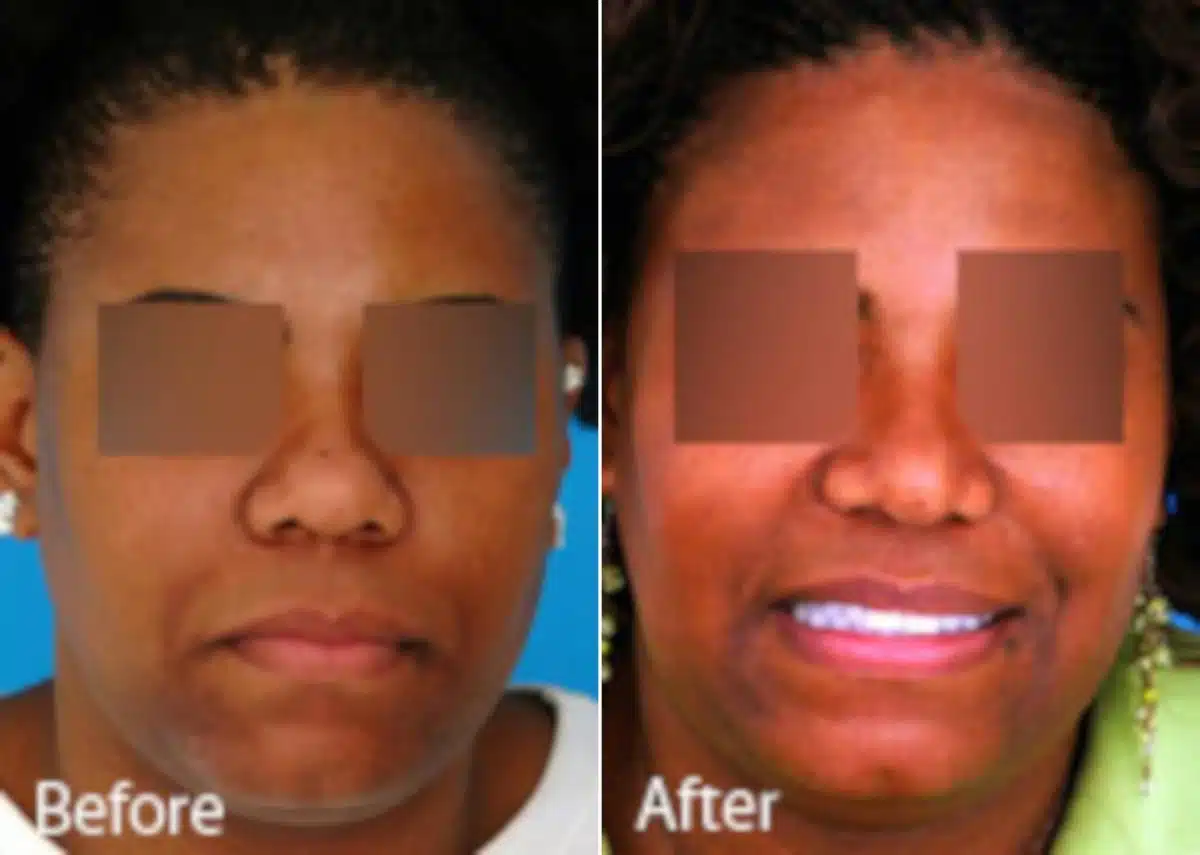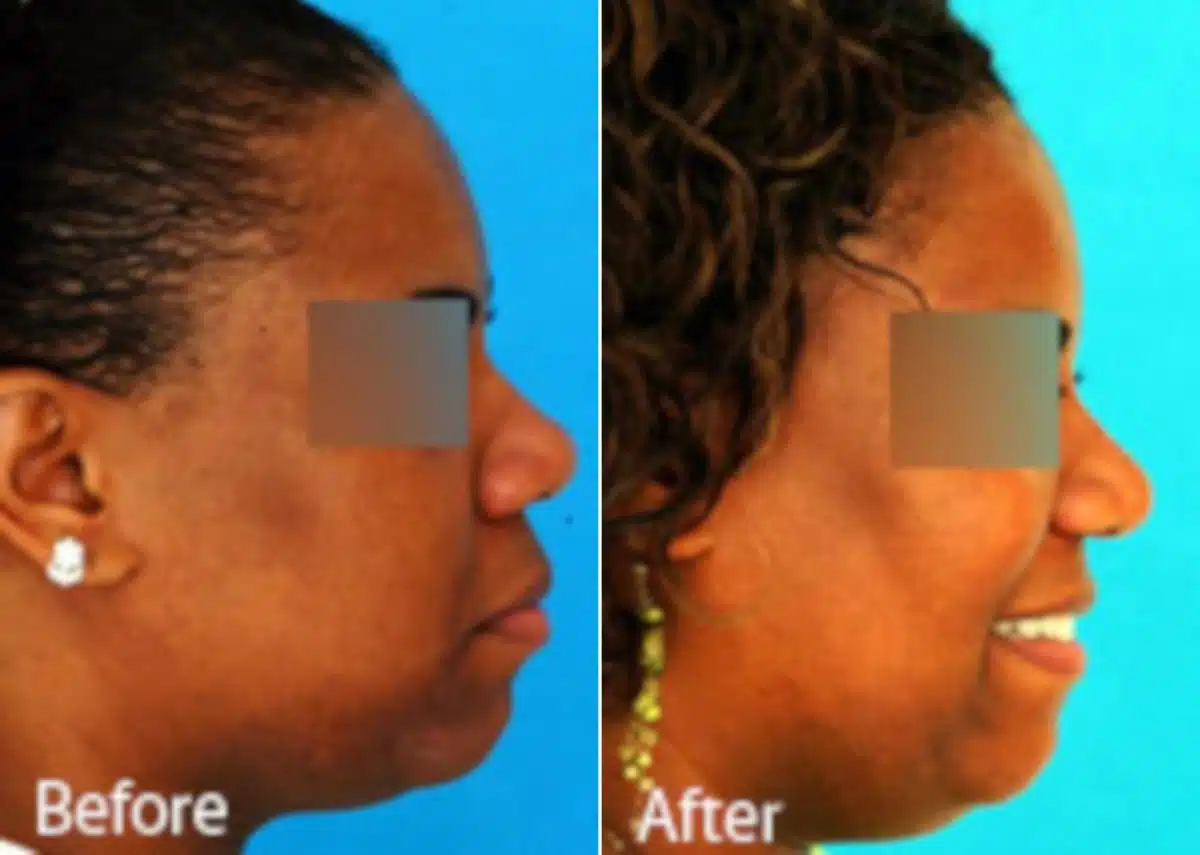Why Is African American Rhinoplasty Unique? Exploring Cultural Considerations and Nasal Anatomy

African American rhinoplasty (nose job) is a specialized kind of cultural rhinoplasty which tackles the face and nasal anatomy of patients of African descent. This specific blog will talk about special characteristics of African American rhinoplasties.
What Do We Mean by African-American Rhinoplasty?
African-American rhinoplasty is a process for plastic surgery aimed at African patients. This type of rhinoplasty addresses the facial features, skin types and nasal structures characteristic of African people. The main objective of African-American rhinoplasty is improving the function and appearance of the nose while attaining a natural-looking result that harmonises with the overall facial appearance and preserves the patient’s ethnic identity.
What’s the Difference in Rhinoplasty for African Americans?
Rhinoplasty for African Americans differs from standard rhinoplasty carried out in Caucasian people. The primary differences are the unique nasal anatomy and facial features of African-American patients that require the surgeon to understand rhinoplasty and specialized skills so the result does not come across as “worked-on” or altered.
What Distinguishes the Features of African-American Noses?
There are a number of characteristics that distinguish African-American noses from those of Caucasian and other ethnicities. Here are some of the features:
- Thicker nasal skin: African-American patients typically have thicker, more sebaceous skin, which can impact the surgical approach and final outcome of the rhinoplasty procedure. For people with thicker skin, treatments like cartilage grafts may be needed to give the nose bridge and tip the support and shape they need.
- Wider nasal bridge: African-American noses often have a wider nasal bridge, which can result in a flatter or wider appearance when viewed from the front.
- Shorter nasal bones: The nasal bones in African-American patients are generally shorter than those in Caucasian noses, which can contribute to a flatter nasal profile.
- Wider, flared nostrils: African-American noses often have wider, more flared nostrils, which can be a source of concern for some patients seeking a more refined appearance.
- Relatively weak cartilage: The cartilage in African-American noses is often relatively weaker and less defined than in Caucasian noses, which can affect the structure and support of the nasal tip and nostrils.
These unique features will influence which techniques the rhinoplasty surgeon will use. Dr. Daniel G. Becker MD, FACS of Becker Rhinoplasty creates a customized strategy for each patient after gaining a thorough understanding of the patient’s aesthetic goals, cultural identity, and nasal anatomy. As a rhinoplasty specialist, his advanced surgical techniques achieve a successful, natural-looking outcome in African American rhinoplasty.
Who are Good Candidates for an African-American Rhinoplasty?
People of African origin who are dissatisfied with their nose’s shape and function and would like to have it refined while preserving their ethnic characteristics are good candidates for African-American rhinoplasty.
Ideal candidates should be in good overall health, have realistic expectations about the outcome of the procedure, and understand the potential risks and complications associated with rhinoplasty surgery.
Secure Your Safe Treatment Experience with Dr. Daniel G. Becker.
Join our satisfied clients who’ve experienced safe, effective treatments.
Types of African American Rhinoplasty Procedures
Rhinoplasty for people of African origin can take many forms, each tailored to the specific characteristics of the nose. Among the most typical methods are:
Alar Base (Alarplasty)
A surgical procedure called alar base reduction, or alarplasty, involves removing a small wedge of tissue from the base of the nostrils to reduce their width.
To make large, flared nostrils look more elegant and proportionate, this method is commonly performed in African-American rhinoplasty.
Nasal Bridge Refinements (Dorsum Surgery)
Nasal bridge refinements, also known as dorsum surgery, reshape the nasal bridge to create a more defined and aesthetically pleasing profile. In this process, a crooked nasal bridge may be straightened, a wide bridge may be narrowed, or a flat bridge may be raised. When it comes to African-American rhinoplasty, cartilage grafts or nose implants are often needed to give the nasal bridge more support and shape.
Nasal Tip Projection/Definition/Support (Tip Rhinoplasty)
The goal of nasal tip rhinoplasty is to enhance the nasal tip’s structure, projection, definition, and support by making small but noticeable adjustments. To get a more defined and refined nose tip, it may be necessary to use sutures, additional cartilage grafts, or to reshape the existing cartilage. Because the cartilage at the tip of the nose is often softer and less defined in African-American rhinoplasty, this surgery is very critical for them.
Open vs. Closed Rhinoplasty
In rhinoplasty surgery, two primary techniques are used: open and closed. The choice between these methods depends on the patient’s specific needs and the surgeon’s preference.
Open rhinoplasty involves making a small incision across the columella, the strip of tissue that separates the nostrils. This approach provides the surgeon with greater visibility and access to the nasal structures, allowing for more precise and extensive modifications.
In closed rhinoplasty, on the other hand, cuts are only made inside the noses, so there are no scars on the outside. This method is less invasive, which means that you may be able to heal faster. But it might not work for all patients, especially those with more complicated nasal anatomy or who need major changes to their nose structure. Closed rhinoplasty might be better for people who only want to improve their looks a little or who want a less invasive procedure.
The decision between open and closed rhinoplasty depends on factors such as the patient’s individual facial features, the surgeon’s experience and preferences, and the specific changes desired by the patient. Both open and closed rhinoplasty procedures have their own set of advantages and disadvantages.
Due to the unique difficulties their nasal anatomy presents, such as having thicker skin, wider nostrils, and weaker cartilage, African-American patients often choose open rhinoplasty.
The open approach allows the surgeon to address these issues more effectively, using techniques such as cartilage grafts, dorsal augmentation, and septal cartilage reshaping to achieve a more refined and natural-looking result.
Closed rhinoplasty, on the other hand, might be better for Asian or Hispanic patients, who may have different facial features and goals for their appearance. As an example, Asian rhinoplasties tend to focus on improving the bridge and extension of the nose, while Hispanic rhinoplasties may focus on improving the shape of the nose and dorsum.
What Results Can You Expect from an African American Rhinoplasty?
Depending on the individual patient’s goals and the specific techniques used during the surgery, the results of an African American rhinoplasty will vary. In general, patients can expect a more refined and balanced nasal appearance that enhances their overall facial harmony while preserving their unique ethnic features.
As swelling and bruising can take several months to fully subside, the final results of rhinoplasty may not be immediately apparent. Most patients will see significant improvements in their nasal appearance within the first few weeks, with continued refinement as the healing process progresses. For the final results to be fully realized, it may take up to a year or more.
Choosing the Best Surgeon for Your African American Rhinoplasty
Selecting the right surgeon for your African American rhinoplasty is crucial to achieving the best possible results. When choosing a surgeon, here are some factors to consider:
- Experience and Expertise: Look for a facial plastic surgeon who specializes in ethnic rhinoplasty and has extensive experience performing African American rhinoplasty procedures. This ensures that they are familiar with the unique facial anatomy and cultural considerations that are essential for achieving natural-looking results.
- Board Certification: Choose a surgeon who is board-certified in facial plastic surgery or plastic surgery. This certification indicates that the surgeon has met rigorous standards of education, training, and experience in their field.
- Before-and-After Photos: Review the surgeon’s portfolio of before-and-after photos of African American rhinoplasty patients to assess their ability to achieve natural-looking, aesthetically pleasing results. This will also help you understand what to expect from your own procedure.
- Communication and Rapport: It’s important to feel comfortable with your surgeon and confident in their ability to understand and address your specific concerns and goals. During your consultation, assess whether the surgeon answers your questions, listens to your needs and goals, and provides personalized recommendations for your procedure.
- Facility and Staff: Ensure that the surgeon’s facility is accredited and adheres to strict safety standards. The staff should be professional, friendly, and attentive to your needs throughout the entire process.
By considering these factors and thoroughly researching potential surgeons, you can increase your chances of finding the right surgeon for your African American rhinoplasty and achieving the results you desire.

